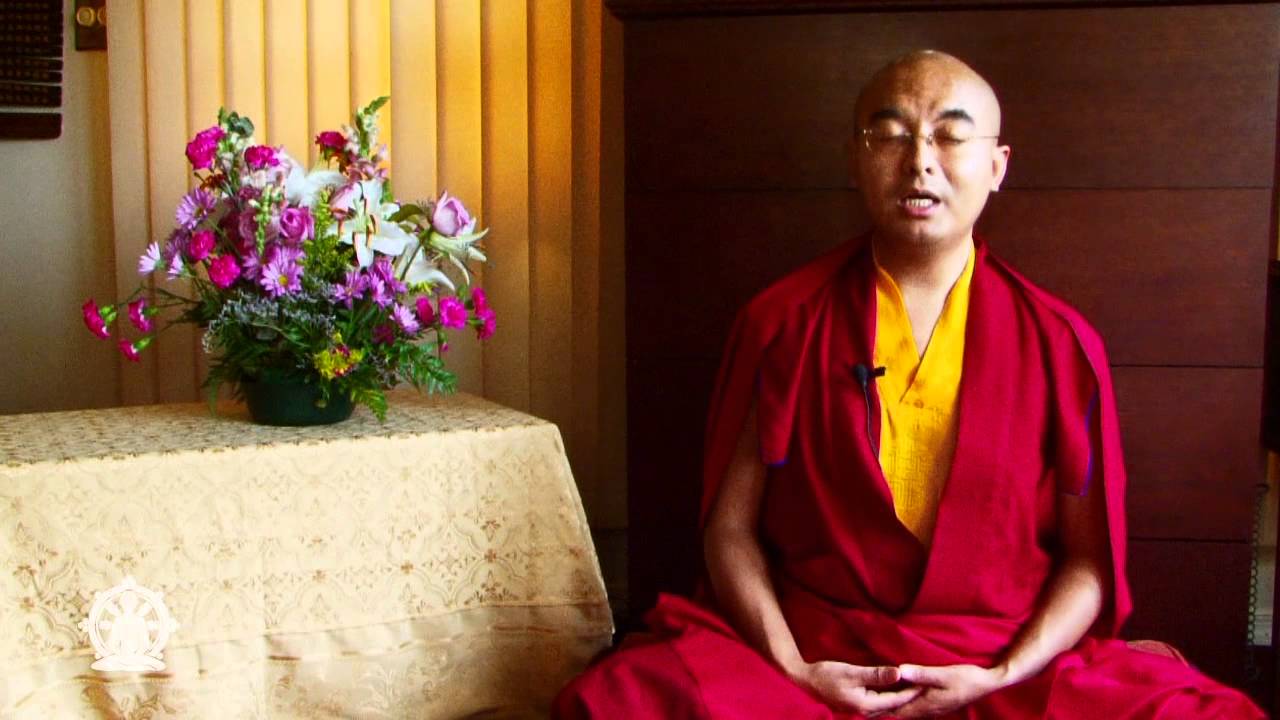Here in Thailand it’s a tradition for men to ordain as monks for 3 months before getting married, however some are busy with their careers and only ordain for a week or two.
Buddhist Culture
Most peoples round southeast Asia have a lot of respect for their parents and elderly which is something that is dying out in Western culture.
In addition, Thai people really respect Buddhist monks because they lead simple lives and practice the Buddha’s teachings. Another reason the monks are so revered is because their meditation practice can lead to enlightenment which is considered the highest achievement of all.
Karma
Buddhists believe in the concept of karma, which in short means that every good action will reap good fruit sometime in the future while every bad action will reap bad fruit.
So, one of the most beautiful things you can do in Buddhist culture is to sponsor a monk which means offering him a robe, alms bowl and other necessities – this is usually done by the parents. The good karma of such a sponsorship is believed to be immense.
Men become monks for various reasons, however only a minority of the monks in Thailand have a genuine interest in the Buddha’s teachings. Most of them ordain to honor their parents.
Buddhist Monasticism
The monks set out on alms round just after sunrise. This is not viewed as begging in Buddhist countries but rather as a opportunity for the community to offer food to the honorable monks.
Offering foods to the monks is believed to make for very good karma.
The monks generally chant Buddhist scriptures 3-4 times a day, spend time studying and meditating.
Life in a monastery is really monotonous with the same schedule and foods almost everyday. A few times a month they may chant at funerals and other religious ceremonies.
When I was a junior monk in Thailand, we swept leaves in the temple grounds every afternoon which is a meditation in itself. If you’re interested in meditation, monasteries offer plenty of inspiration and support.
All the best!
Find More Buddhist Meditation Articles

